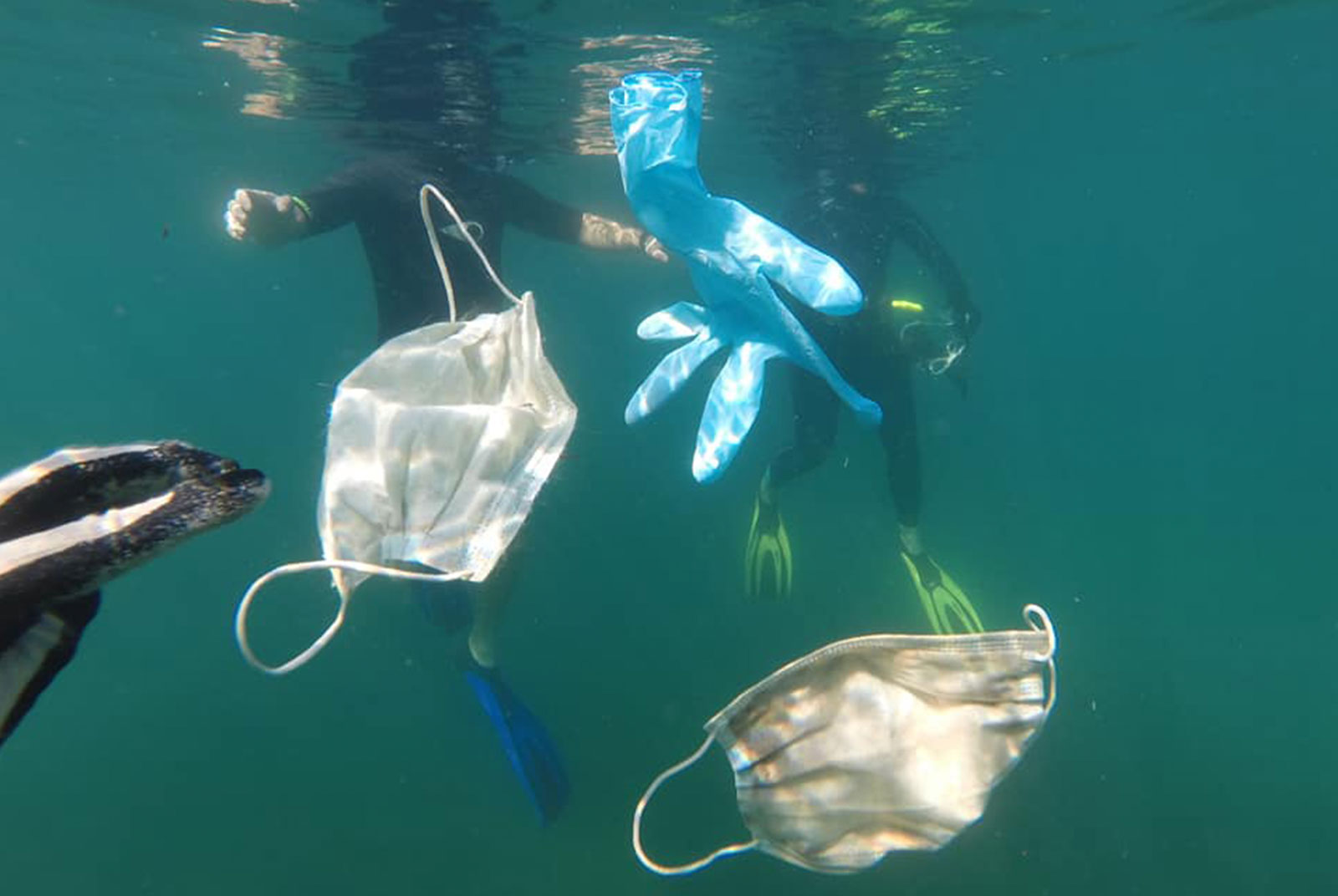
NewsInformation Center
560 million masks flow into ocean. How to solve the moniting problem
2021/03/19
The ocean is the cradle of the origin of life and the place where mankind depends for survival, but now it is becoming a "junk dump."
With the continuous increase of the global population and the continuous acceleration of social development, the marine environment has gradually become a stepping stone for economic development in recent years. Large amounts of garbage accumulated in cities over the years are thrown into the ocean, and oil resources that are fiercely contested between countries are leaked onto the sea in large quantities, all of which cause serious harm to the marine environment and marine life.
It is understood that the world discharges more than 10 million tons of trash into the ocean every year, of which plastic trash accounts for 80%. Relevant data shows that almost every minute, a truck-weight of plastic garbage is thrown into the ocean. Every year, more than 8 million tons of plastic are abandoned in the ocean. Together, they can circle the earth more than 400 times.
At the same time, according to relevant research, there are at least more than 500 million plastic fragments floating in the world's oceans, with a total mass of more than 260,000 tons. Most plastics are broken up in the ocean and decomposed into particles with a diameter of no more than 5 mm. They melt into every inch of the "skin" in the ocean and can penetrate into the seabed at the deepest 10,000 meters. Garbage pollution has gradually become a "cancerous disease" of the ocean.
In 2020, such damage and damage will continue to intensify. According to the latest report issued by the Marine Conservation Organization, at least 1.56 billion masks will flow into the ocean in 2020. This anti-epidemic weapon that is vital to medical staff and ordinary people is becoming another cause of death of marine life and pollution of the marine environment. Prime culprit".
We know that disposable masks are not degradable. If they are thrown away randomly, it will take 400 to 500 years for discarded masks to degrade in the environment, and the harm to the environment is incalculable. If it is eaten by an animal during the period, it will not only directly cause the animal’s eating difficulties, but also affect the survival and reproduction due to the toxins and pollutants adsorbed on the mask.
Based on this, in the face of marine garbage pollution, how should we fight the tough battle?
Intelligent Manufacturing Network believes that the management of marine debris must fully grasp the source, type and quantity of marine debris, and take effective measures to prevent and remove it. This requires us to start from both monitoring and processing. And intelligent technologies and equipment such as drones, robots, and autonomous driving will bring important assistance.
Among them, drones, big data, artificial intelligence, etc. can play a huge role in monitoring. The use of drones to conduct garbage inspection and data collection on the ocean, and then collect and analyze marine debris through artificial intelligence, big data, etc. Have a comprehensive and accurate understanding and grasp, so as to formulate effective governance methods.
At the same time, drones, robots, and self-driving sanitation vehicles also have significant effects in governance.
On the one hand, through the drone's "sky-eye perspective", people can more conveniently obtain the real-time distribution of marine debris, and clean up the garbage in a targeted manner, greatly reducing workload and work pressure. On the other hand, investing in equipment such as underwater robots, cleaning robots, and intelligent sanitation ships can also enhance the efficiency and strength of garbage removal.
In addition, with the maturity of autonomous driving technology, the application of autonomous driving to ships can also bring convenience to the transportation and disposal of marine debris. All in all, with the help of many intelligent technologies and products, the prevention and treatment of marine debris will become more and more convenient and convenient, and the time for the restoration of the ocean to be clean in the future is expected to be greatly advanced.


Previous: FFP standards EN149
N e x t : Test method of sublimation color fastness tester



